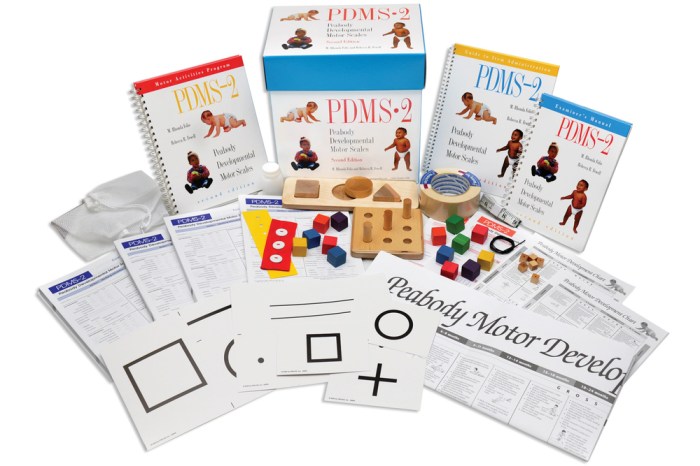The Peabody Developmental Motor Scales 3 (PDMS-3) is a widely recognized assessment tool designed to evaluate the motor skills of children from birth to 5 years of age. Rooted in a strong theoretical framework, the PDMS-3 provides a comprehensive evaluation of gross and fine motor abilities, making it an indispensable tool for clinicians, researchers, and educators.
The PDMS-3 assesses a broad range of motor skills, including balance, coordination, strength, and dexterity. Its hierarchical structure allows for a detailed examination of motor development, from basic reflexes to complex movements. The assessment process involves standardized administration and scoring procedures, ensuring reliability and consistency in the evaluation.
Overview of the Peabody Developmental Motor Scales 3 (PDMS-3)

The Peabody Developmental Motor Scales 3 (PDMS-3) is a comprehensive developmental assessment tool that measures motor skills in children from birth to 5 years of age. It is designed to identify developmental delays and strengths, as well as to monitor progress over time.
The PDMS-3 is based on a theoretical framework that emphasizes the importance of both gross and fine motor skills for overall development.
Structure and Content of the PDMS-3
The PDMS-3 assesses a wide range of motor skills, including:
- Gross motor skills: These skills involve the use of large muscle groups, such as walking, running, and jumping.
- Fine motor skills: These skills involve the use of small muscle groups, such as grasping, reaching, and writing.
The PDMS-3 is divided into four subtests:
- Gross Motor Quotient (GMQ)
- Fine Motor Quotient (FMQ)
- Reflex Test
- Sensory Integration Test
Administration and Scoring of the PDMS-3, Peabody developmental motor scales 3
The PDMS-3 can be administered by trained professionals, such as physical therapists, occupational therapists, and developmental pediatricians. The test is typically administered in a quiet room where the child can move around freely. The examiner observes the child’s performance on a series of tasks and records their responses on a scoring form.
The PDMS-3 is scored using a standardized scoring system. The raw scores are converted into standard scores, which are then used to calculate percentile ranks. The percentile rank indicates the child’s performance relative to other children of the same age.
Interpretation of PDMS-3 Results
The PDMS-3 results can be used to identify developmental delays and strengths. A child who scores below the 5th percentile on any of the subtests may be at risk for a developmental delay. A child who scores above the 95th percentile may be considered to have advanced motor skills.
The PDMS-3 results can also be used to track progress over time. By comparing the child’s scores on multiple administrations of the test, the examiner can assess whether the child is making progress in their motor skills.
FAQ: Peabody Developmental Motor Scales 3
What is the purpose of the PDMS-3?
The PDMS-3 is used to assess the motor skills of children from birth to 5 years of age, providing a comprehensive evaluation of gross and fine motor abilities.
What are the benefits of using the PDMS-3?
The PDMS-3 is a reliable and valid assessment tool that provides detailed information about a child’s motor development, aiding in the identification of delays, planning of interventions, and monitoring of progress.
How is the PDMS-3 administered?
The PDMS-3 is administered by a trained professional, involving standardized procedures and materials to ensure consistency in the assessment process.

